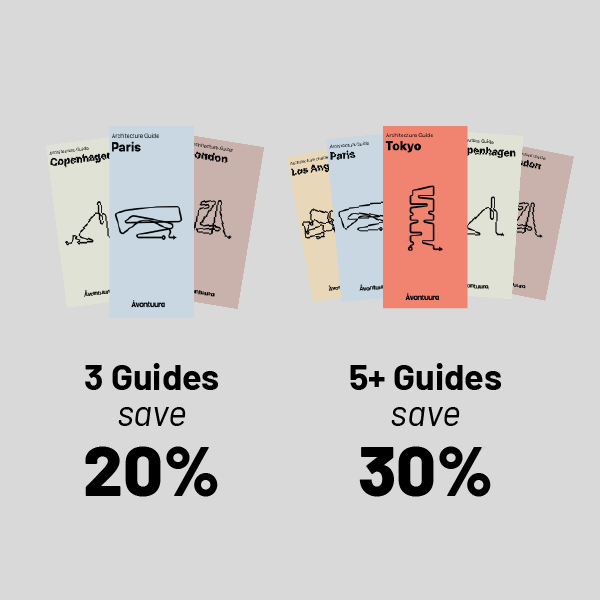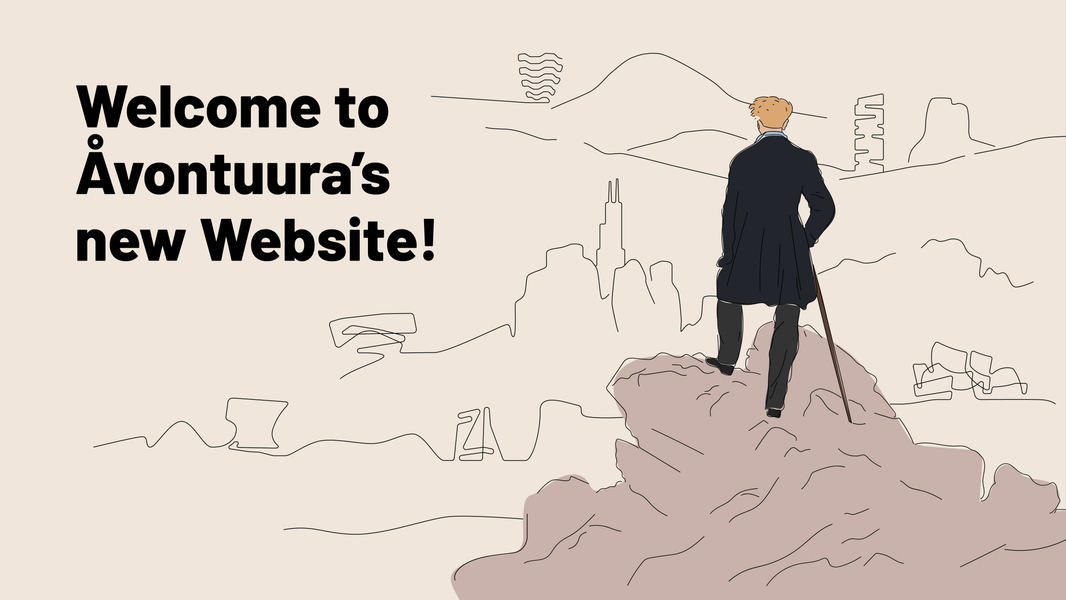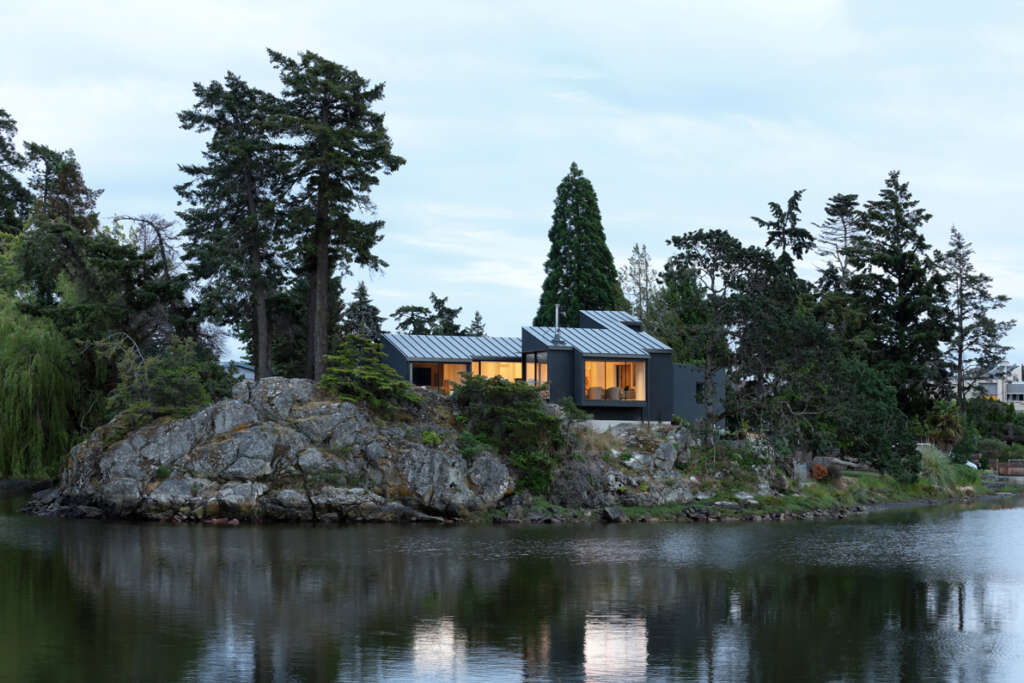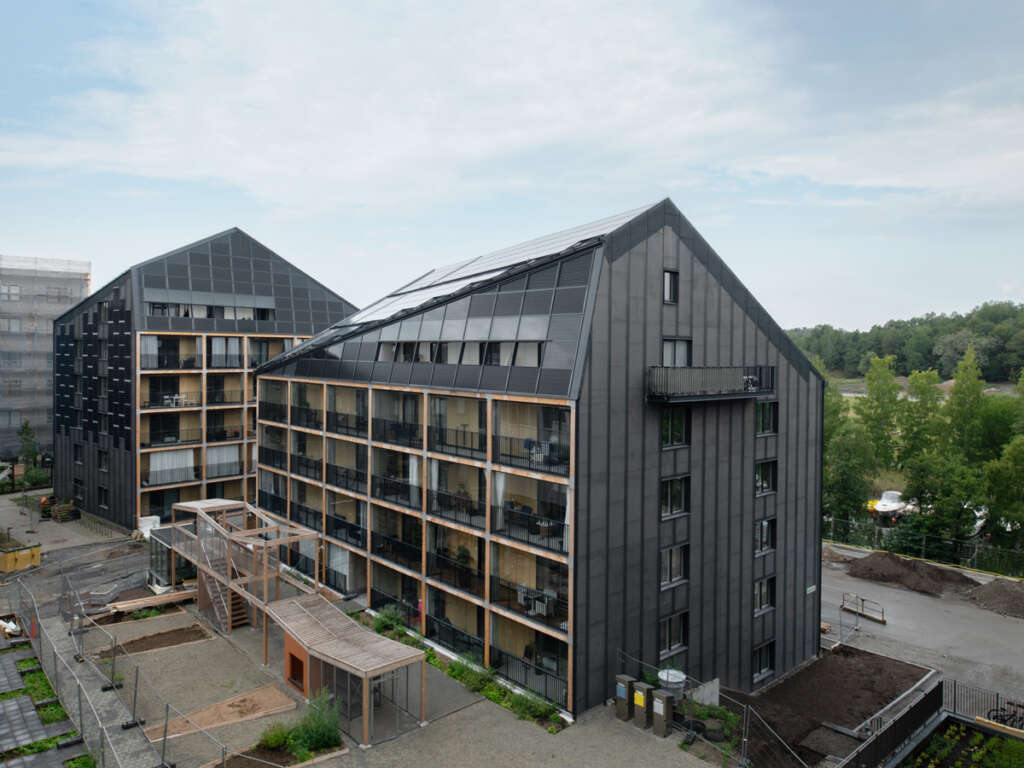
Mumo, Museum Of Motorcycles
Architect: DRAA | Del Rio Arquitectos Asociados
Location: Puerto Octay, Chile
Type: Museum
Year: 2025
Photographs: Marcos Zegers
The following description is courtesy of the architects. We were commissioned to design a museum to house the country’s largest collection of antique motorcycles, prior to the corporate dominance of the scene in the 1970s.
The selected site is a large plot on the outskirts of the small city of Puerto Octay, adjacent to the
Cardenal Samoré border crossing into Argentina and part of the famous Pan-American Highway, linking
Alaska to Tierra del Fuego--well-known, and romanticized by motorcycle enthusiasts.






The client requested a building rooted in local tradition, inheriting the legacy of the German colonization
of southern Chile in the mid-19th century. It needed to be large enough to exhibit motorcycles as freely
as possible, while also responding to the site’s scenic qualities, with rolling hills descending towards
Lake Llanquihue under the imposing presence of Osorno Volcano.
We addressed these main variables through a wooden building consisting of a piano nobile with an
open-plan exhibition space and an access floor containing the services, including a small cafeteria and a
shop.





The noble floor comprises three staggered wooden pavilions made of CNC-machined laminated pino insigne--the most common fir in the country--elevated on a stepped concrete plinth against the slope,
with views of Lake Llanquihue and Osorno Volcano.
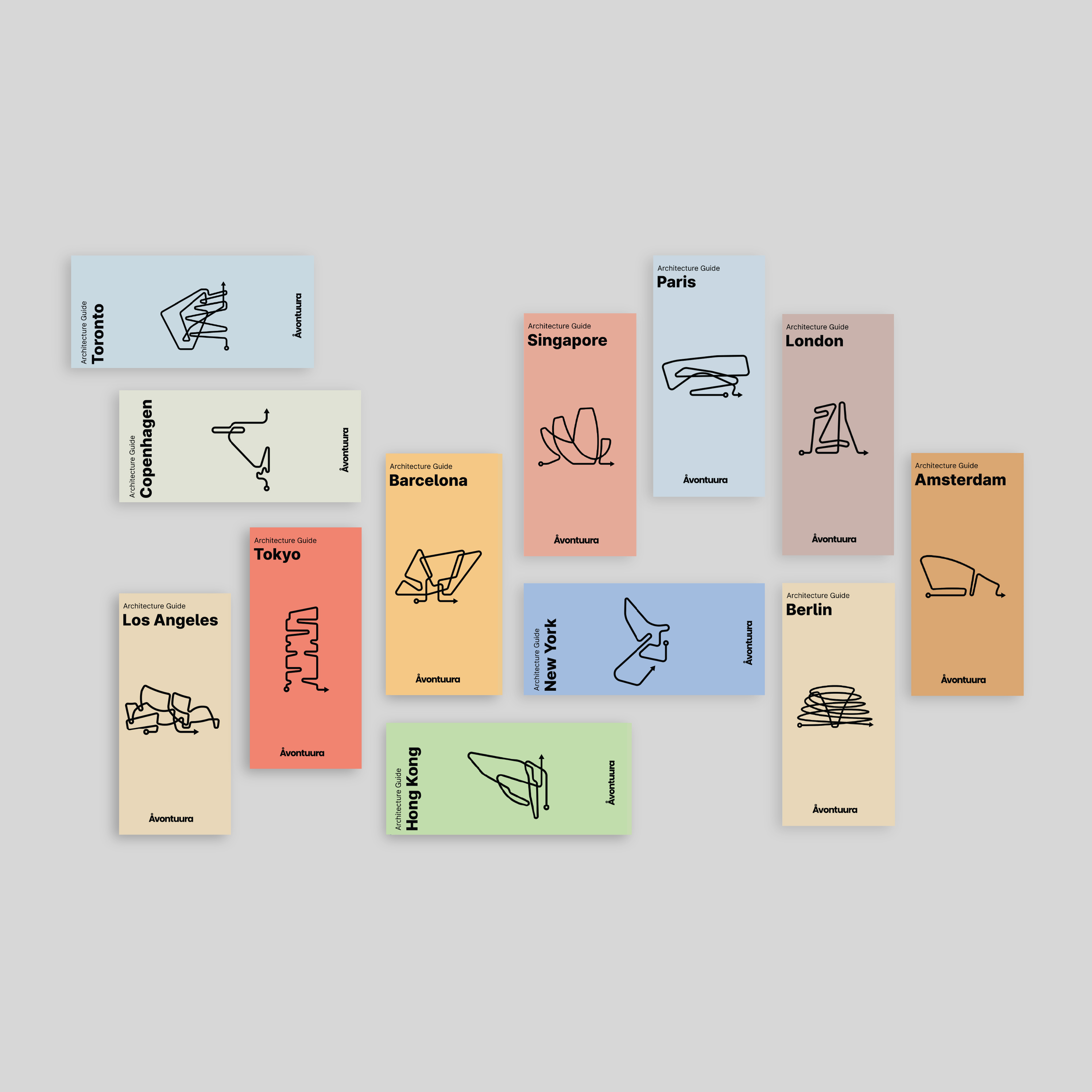
Introducing the Wandering Series
Illustrated Architecture Guides for Architects, Designers & Students
Explore all our guides at avontuura.com/shop
For the exterior cladding, we used the same pino insigne, thermally treated to significantly enhance its
weather resistance--a wooden building clad in wood, just as tradition dictates.
The three overlapping volumes segment the exhibition hall without dividing it, allowing pauses in the
exhibition narrative. The spatial proposal of the fragmented yet uninterrupted noble floor emerged as a
response to the type of exhibition the museum would have: hundreds of motorcycles, each with its own
story and interest, yet interconnected through multiple perspectives within the same curatorial script.
The displaced naves create the necessary pauses in the narrative, easing visitor fatigue and extending
their attention span.






Each pavilion consists of a pair of weaved wooden beams, turning each roof plane into a rigid
diaphragm, connected to its neighbor through steel rings disguised as skylights. Light enters the building
through a purely structural exercise inherent to its essential architectural resolution.
This connection between diaphragms is rigid enough to eliminate the need for additional structural
linking elements that could compromise the exhibition’s aerial possibilities, such as motorcycle piles or
totems.
While prefabrication using CNC-machined wooden kits represents the cutting edge of timber
construction in Chile, the true technological advancement lies in replacing the highly complex gussets
and metal flanges used to join the roof diaphragms with the diagonal columns of the building’s
longitudinal axis with only a few Rothoblaas engineered screws. The applied technology in these small
yet significant metal elements encapsulates the distance between us as a society and the first German
settlers--and the tradition they originated.





Project Details
- Project: Mumo, Museum Of Motorcycles
-
Architects: DRAA / Del Rio Arquitectos Asociados
- Website: www.draa.cl
- Lead Architects: Nicolás del Río, Felipe Camus
- Collaborators: Daniela Farias, Fernanda Urquiza, Matías Rivera, Begoña Von Marees, Antonia Witto, Ane Gilo, Victoria Fuchslocher, Josephine Walbaum, Camila Mendoza, Florencia Barrera
- Location: Puerto Octay, Chile
- Year: 2024
- Area: 1200m2
- Photographer: Marcos Zegers
- Construction: Luis Márquez
- Structural Engineering: Enzo Valladares, VPA Ingenieros
